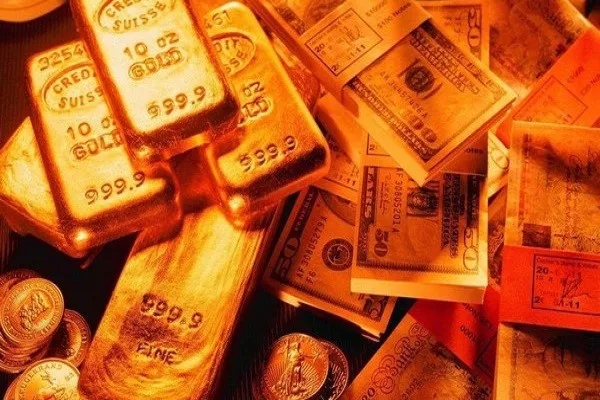The relationship between gold and the U.S. dollar has been a cornerstone of the global financial system for centuries. However, like any financial dynamic, it is not set in stone and can evolve over time due to a multitude of factors. In this in-depth analysis, we’ll explore the possibility of changes in the relationship between gold and the U.S. dollar over time, considering historical shifts, economic forces, and common FAQs related to this pivotal connection.
1. Historical Shifts in the Relationship
Throughout history, the relationship between gold and the U.S. dollar has experienced notable shifts. For instance, during the gold standard era, the U.S. dollar was directly pegged to gold, creating a fixed relationship. However, this link was severed in the 1970s, marking a significant departure. Such historical changes underscore the adaptability of this relationship to shifting economic and monetary paradigms.
2. Economic Forces and Policy Changes
Economic forces play a pivotal role in shaping the gold-dollar relationship. Factors such as inflation, interest rates, and fiscal policy can influence the value of both assets. For example, periods of high inflation may drive investors towards gold as a hedge, potentially altering the dynamics between the two. Similarly, changes in U.S. monetary policy, like shifts in interest rates or quantitative easing, can impact the relative attractiveness of the U.S. dollar and gold.
3. Global Geopolitical Events
Geopolitical events can exert substantial influence on the gold-dollar relationship. Political instability, conflicts, and trade disputes can lead to uncertainty in financial markets, prompting investors to seek refuge in gold. Such events can also affect the perception of the U.S. dollar as a safe haven currency. The relationship can shift in response to these geopolitical developments.
4. Market Sentiment and Speculation
Market sentiment and speculative behavior can lead to short-term fluctuations in the relationship between gold and the U.S. dollar. Traders and investors, driven by sentiment and speculative motives, can impact the prices of both assets. This speculative element can introduce volatility and change the correlation between gold and the U.S. dollar over shorter time frames.
FAQs on Changes in the Gold-Dollar Relationship
1. Can the gold-dollar relationship revert to a gold standard system?
While it’s unlikely in today’s economic landscape, theoretically, a return to a gold standard system is possible. However, it would require significant changes in monetary policy and global consensus, which is currently improbable.
2. How do global economic trends impact the gold-dollar relationship?
Global economic trends, such as the rise of emerging markets or shifts in economic power, can influence the demand for both gold and the U.S. dollar, potentially altering their relationship.
3. Can central bank policies change the dynamics between gold and the U.S. dollar?
Yes, central bank policies, such as interest rate decisions and quantitative easing, can have a profound impact on the relative strength of the U.S. dollar and gold. Changes in these policies can shift the relationship.
4. Do technological advancements affect the gold-dollar relationship?
Technological advancements, especially in trading and financial markets, can impact the speed and scale of gold-dollar transactions. However, these advancements are more likely to influence short-term trading dynamics rather than the fundamental relationship.
5. What role do market participants play in changing the relationship?
Market participants, including investors, traders, and speculators, can contribute to short-term changes in the relationship through their trading behavior and sentiment-driven decisions.
In conclusion, the relationship between gold and the U.S. dollar is not static but instead evolves over time in response to economic, geopolitical, and market-driven factors. While historical shifts provide evidence of adaptability, the enduring appeal of gold as a store of value and the prominence of the U.S. dollar as the world’s primary reserve currency ensure that this relationship remains a focal point for investors, policymakers, and anyone seeking to understand the intricacies of the global financial system.

